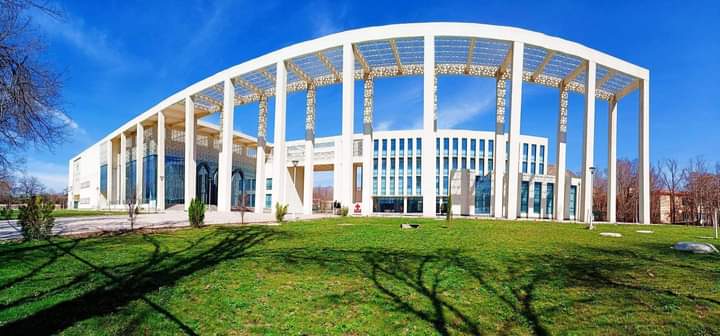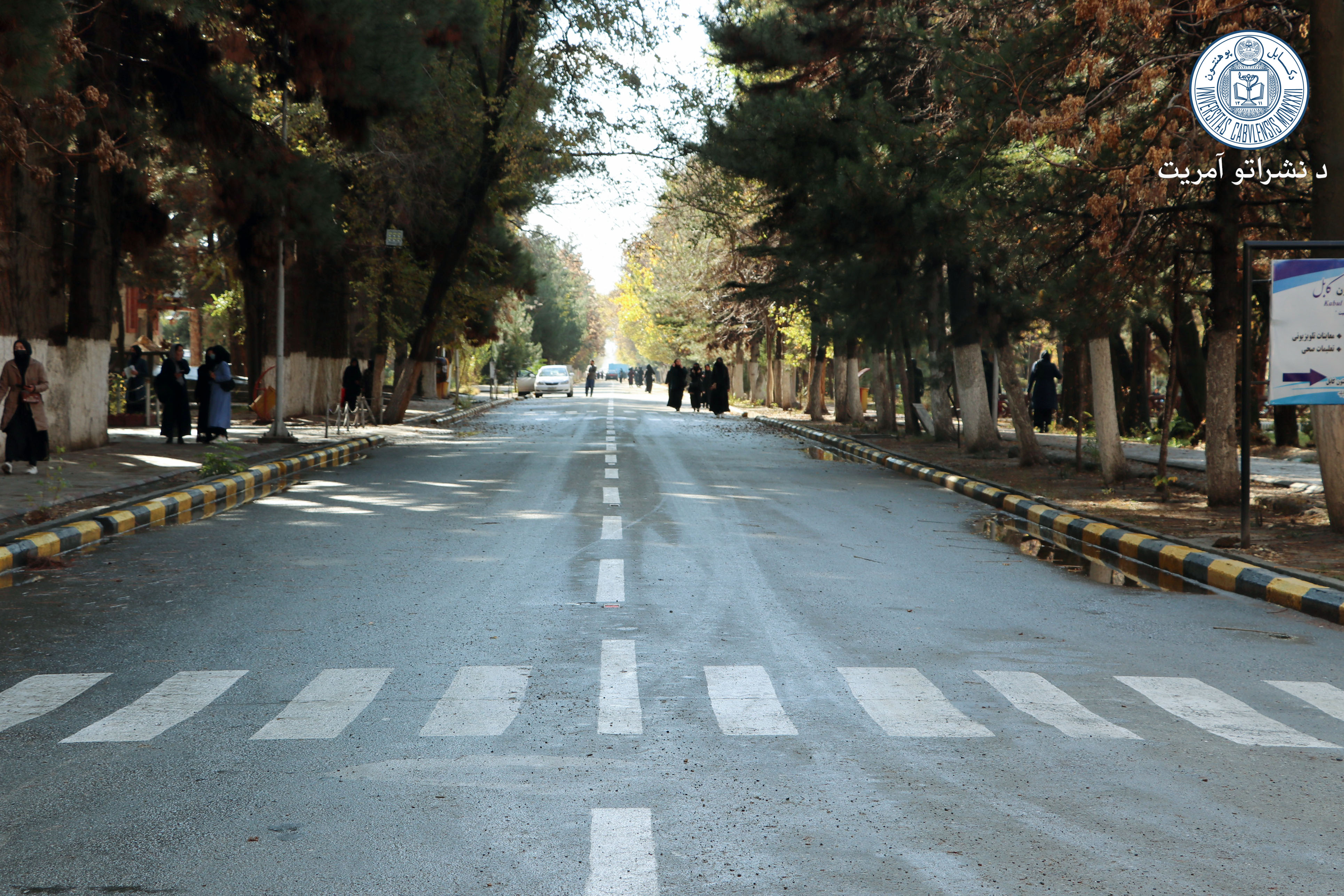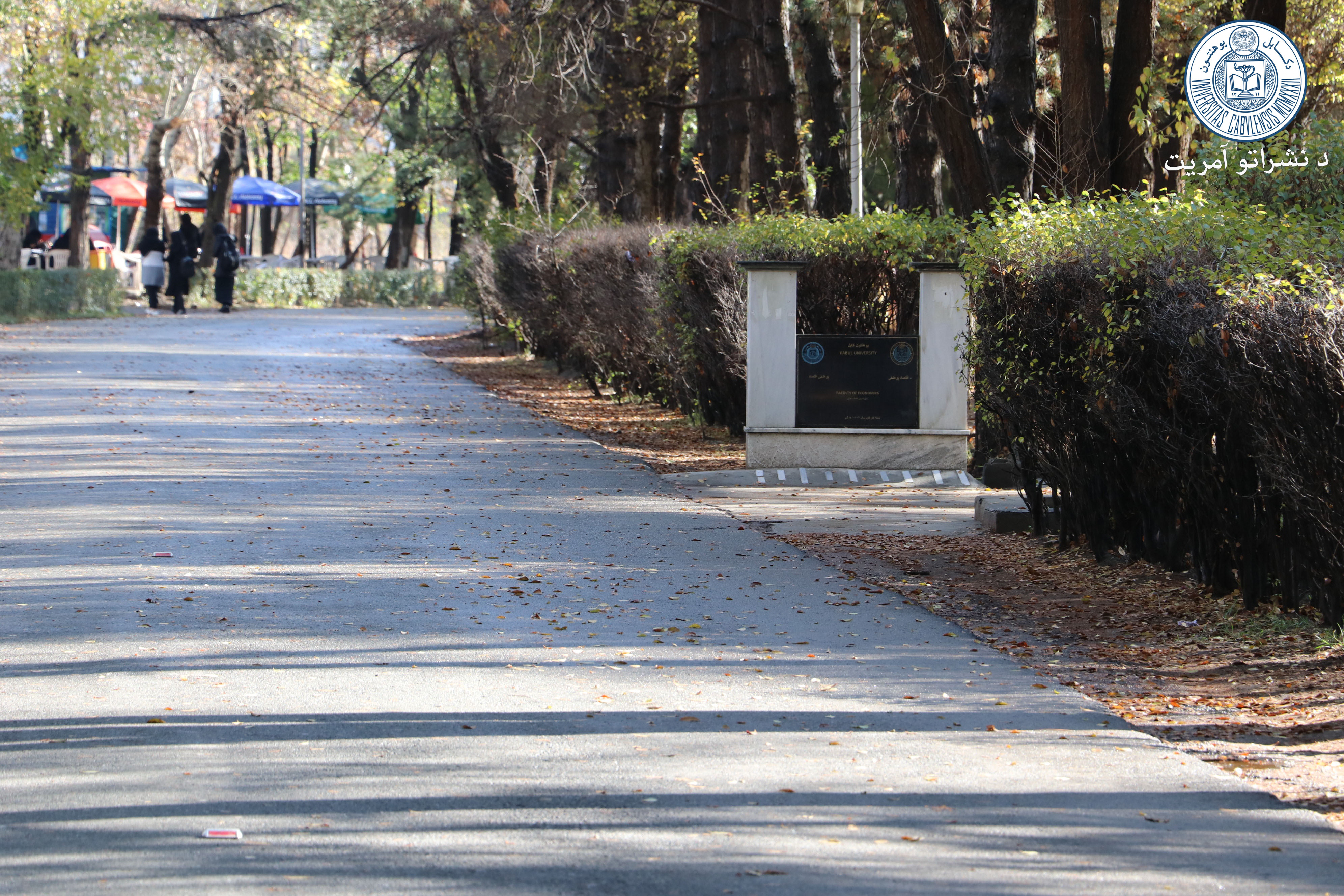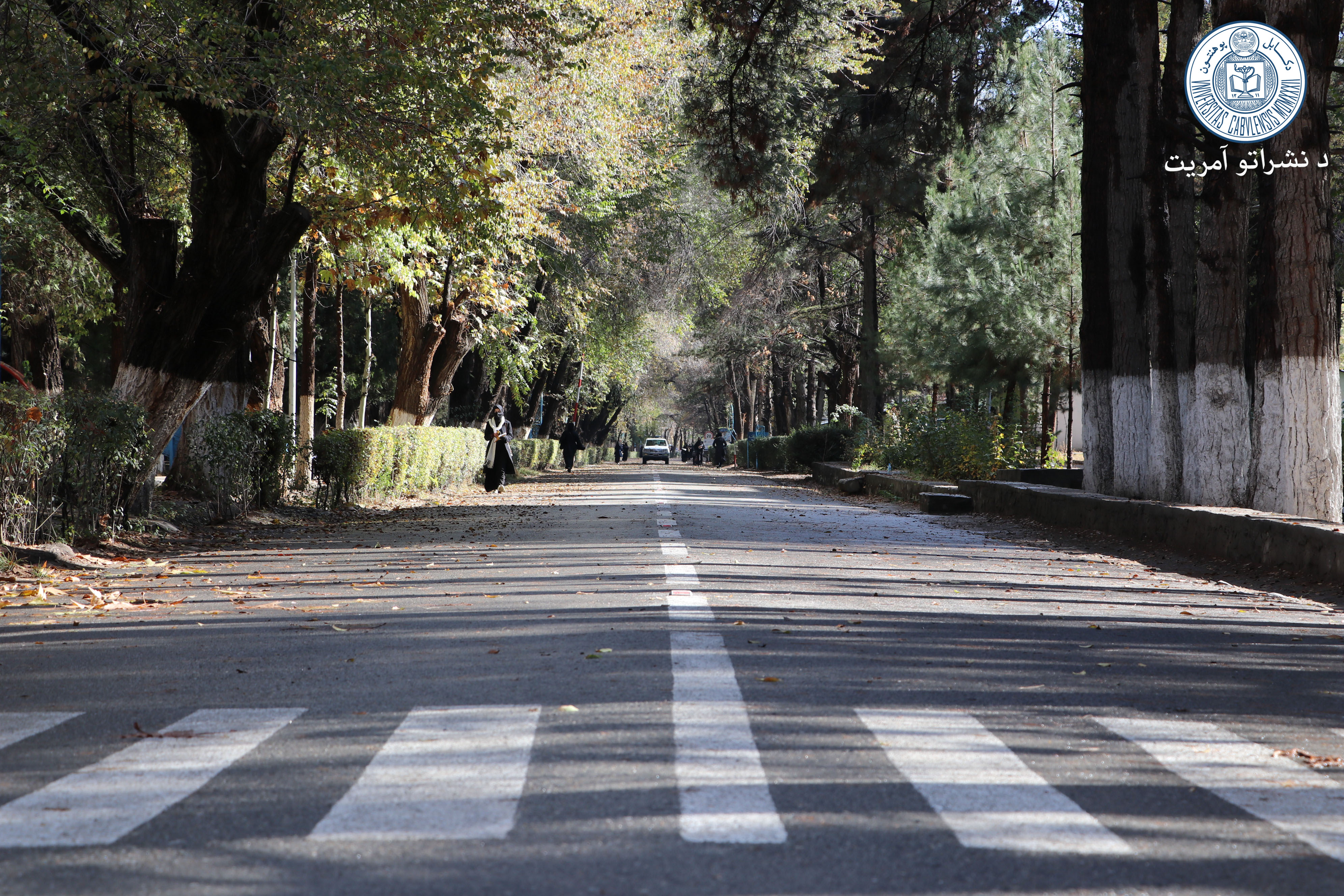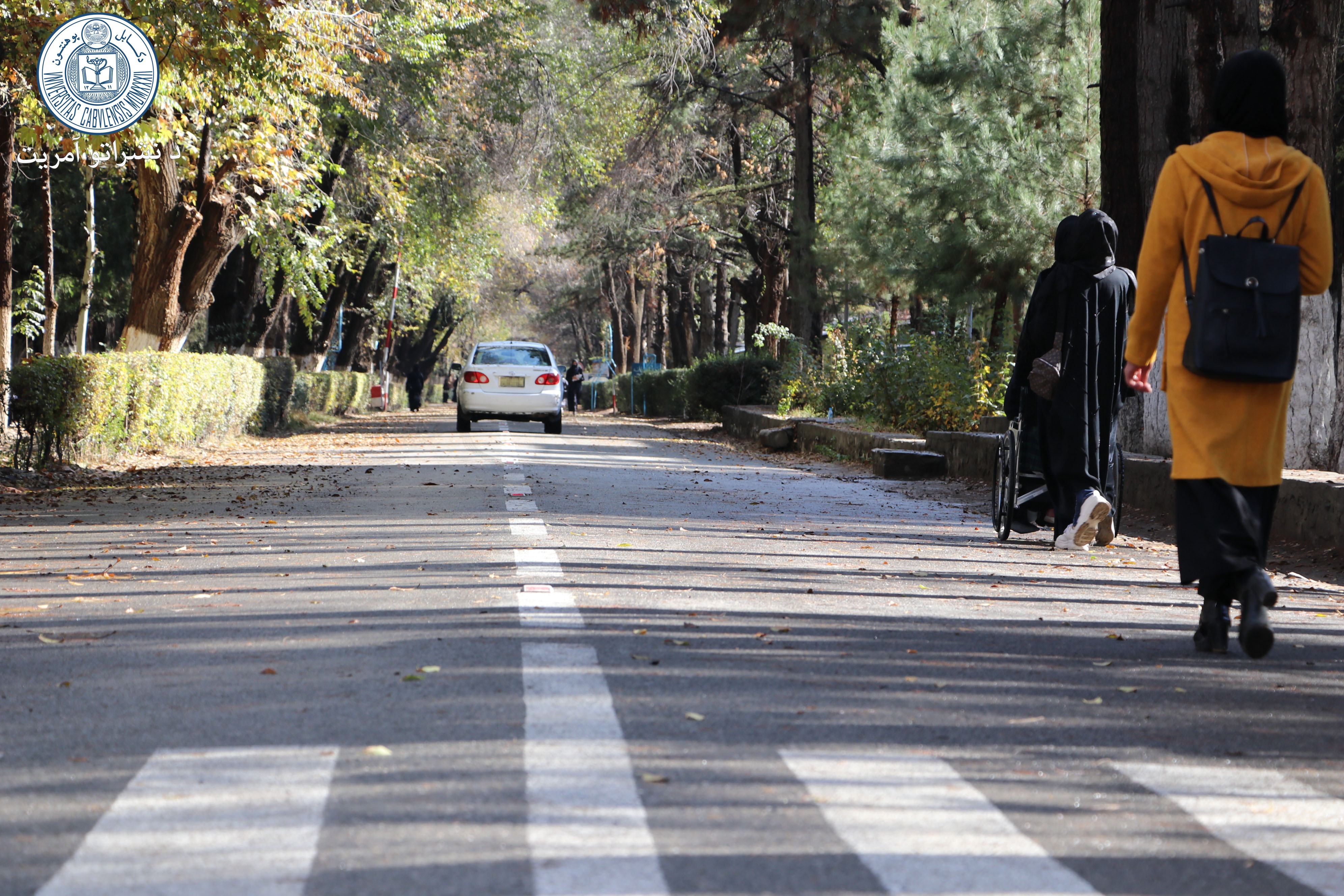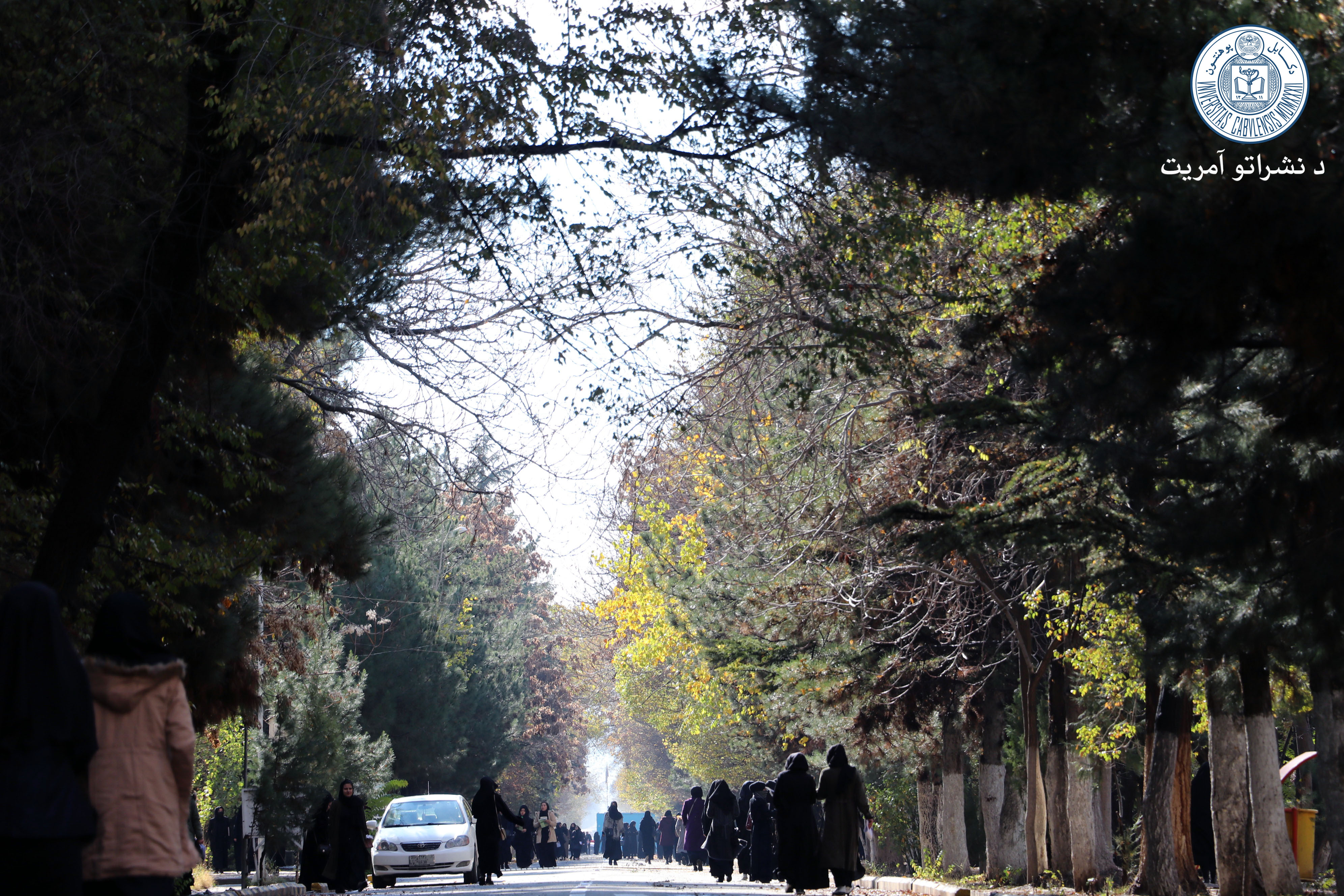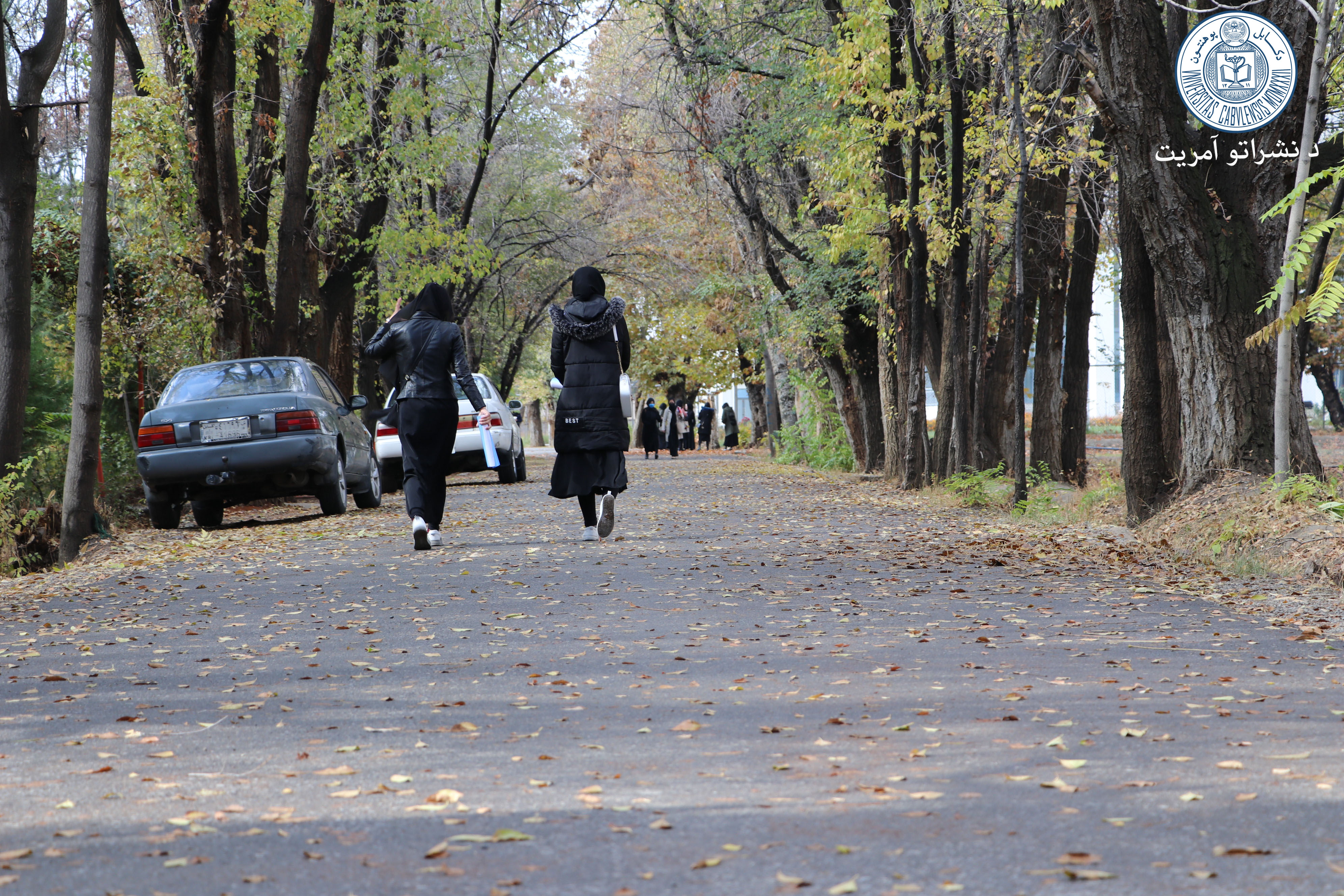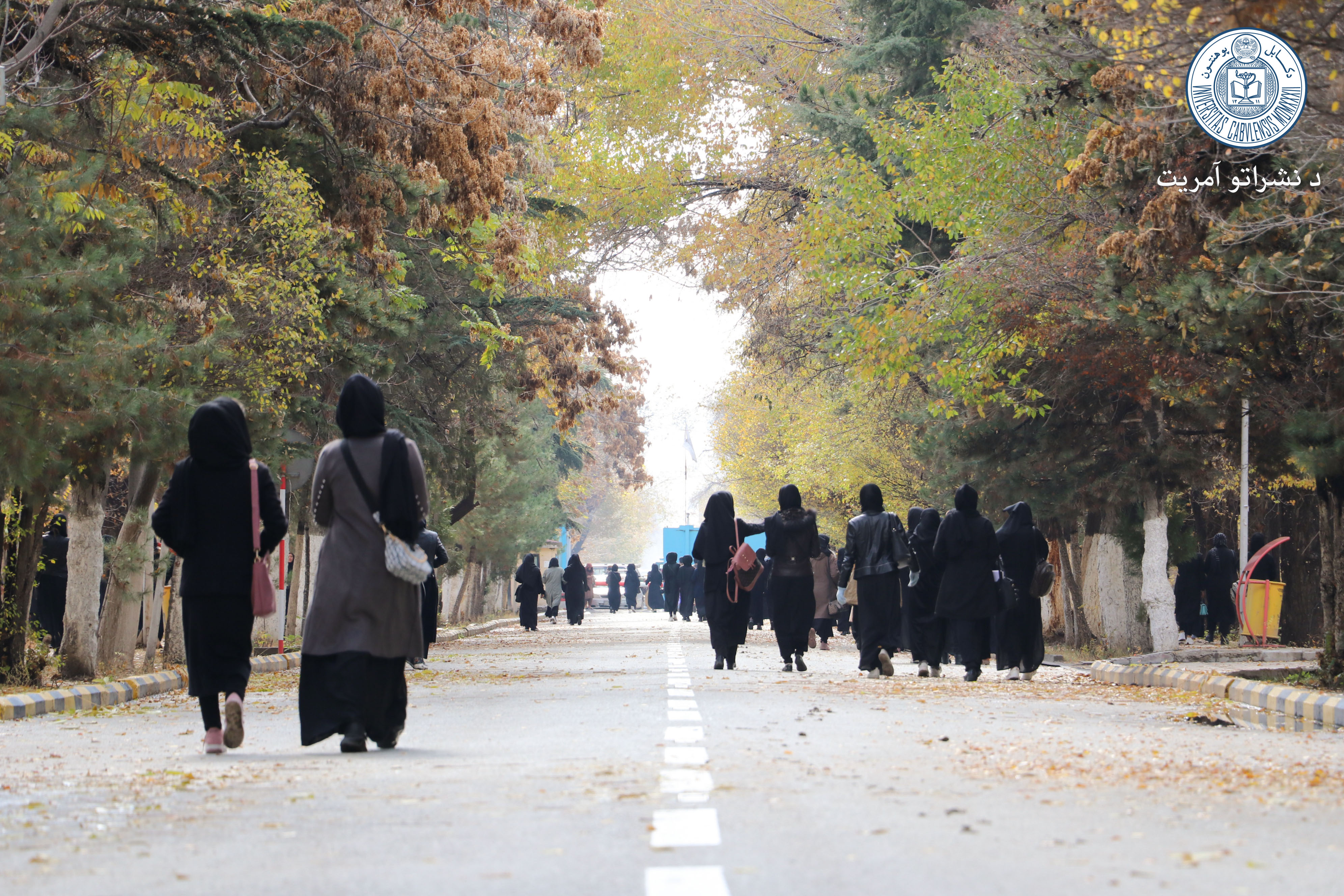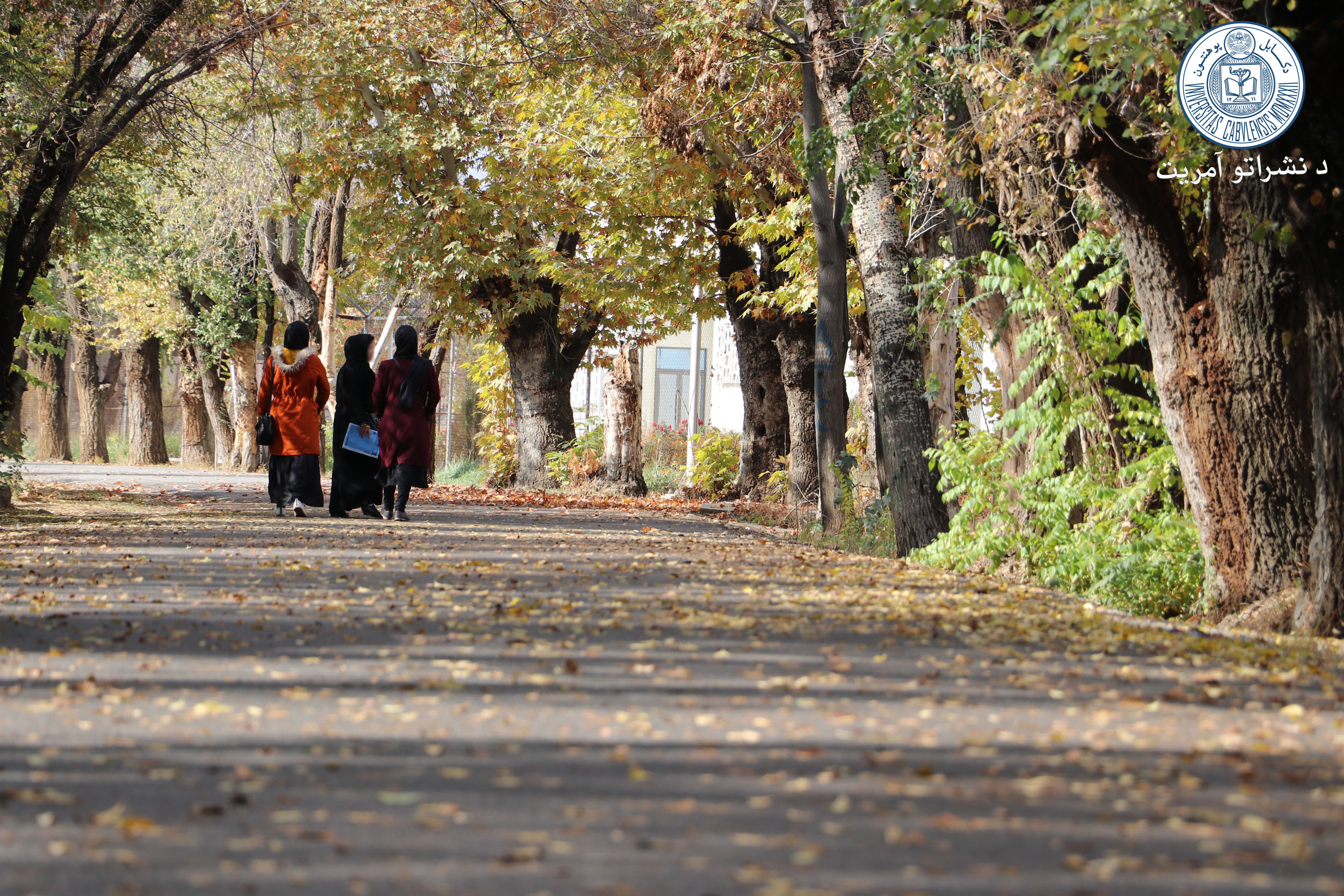Natural Resources Management Department
Since the dawn of humankind, there has been a continuous reliance upon and interactions with the natural resources found on Earth in order to meet the needs and livelihood objectives of human communities. Natural resources management is defined as the management of natural resources such as plants, animals, land, water, soils, mineral deposits, forests, grasslands, croplands, rangelands, and other ecosystems with an emphasis on how this management affects the quality of life for humans and communities. Globally, the human population of over 7 billion is changing the way it interacts with the environment, and these dynamic trends are leading to population redistribution which increases consumption as well as causes environmental degradation and climate change. These trends lead to pressures that require forward thinking about the impacts of humanity on land and water, various ecosystems, and the natural resource-base upon which humans depend. In many of the least developing countries, exploitation of natural resources leads to environmental damage and the marginalization of vulnerable populations.
Afghanistan’s natural resources have been impacted by unsustainable practices and a policy and regulatory situation that are hampered by a poor economic foundation, weak and inconsistent land management oversight, and security threats. An estimated 70-80 percent of Afghans rely on natural resources through agriculture, animal husbandry, and artisanal mining for their daily survival. Afghanistan faces multiple natural resource management issues such as deforestation, desertification, biodiversity and habitat loss, pollution, natural disasters, soil salinization from irrigation, and the impacts of warfare. Natural resources management has an integral role to play in the wider processes of building a stable economy, social development, and peace building.
Conservation and management of natural resources implies mediating the way in which people, natural ecosystems, and landscapes interact. In Afghanistan this must include recognizing the reliance that households and communities have on ecosystems for their livelihoods, health, and productivity. Afghanistan’s National Environmental Protection Agency (NEPA) was established in 2005 as the institution charged with regulation, policymaking, coordination, monitoring, and enforcement oversight of natural resources within the country. Its goal is to protect the environmental integrity of Afghanistan and support sustainable development of its natural resources through the provision of effective environmental policies, regulatory frameworks, and management services. Moreover, the Environment Law (2007) further clarifies NEPA’s mandate, powers, responsibilities, and functions to include the promotion of the sustainable use of natural resources. Despite recent significant improvements from the international community and the Government of Afghanistan on both environmental policy formulation and management strategies, natural resources management could be further advanced and strengthened.
Ongoing development of industries in Afghanistan such as agriculture, mining, forestry, energy, and tourism require people to act as stewards, policy makers, and managers of Afghanistan’s natural resources, ecosystems, and landscapes. NRMD promotes an approach of integrated natural resource management that focuses on sustainability while incorporating all possible stakeholders throughout the NRM planning process. NRMD focuses on a science-based, technical understanding of ecology and resources, especially the capacity of those resources to sustain human livelihoods and development. The goal of the NRM degree is to produce graduates who are capable managing Afghanistan’s natural resources in a systematic way. This includes management of the multiple facets of natural resource use (biophysical, socio-political, and economic), meeting production goals and the goals of other direct users (food security, profitability, risk-aversion), as well as goals of the wider community (poverty alleviation, welfare of future generations, conservation).
Intended Learning Outcomes (ILOs)
NRMD offers a student-centered and career-oriented degree that balances practice and theory. The goal of this degree is to provide students with a breadth of understanding of the social, political, economic and ecological dimensions of natural resource problems and challenges. This requires strong foundational understanding of and literacy in the natural sciences, and the ability to make science- and research-based policy and management decisions in their chosen natural resource specialization. Upon completion of this program, students will be able to:
ILO 1: Make, contribute to, and understand management and policy decisions about natural resources that integrate relevant ecological, physical, economic, and social information.
ILO2: Work independently and as part of a team to complete natural resource management project work in a timely manner, demonstrating leadership skills and professionalism in attitude and conduct.
ILO3: Acquire and analyze data describing ecological, social, and economic/political aspects of natural resources, with intermediate level skills in computer technology and GIS.
ILO4: Communicate in English and native languages, both orally and in writing, in a professional manner to specified and general audiences.
ILO5: Apply educational concepts, theory, and new research to practical management challenges in the students’ chosen specific natural resource focus.
Enrollment and Staffing
NRMD attracts a diverse student body from different backgrounds and provinces across Afghanistan. During the 2017 academic year, the department had 156 students with female enrollment at 28%. Reducing class size to a maximum of 35 students is recommended for promoting student-centered teaching methods through problem- and project-based learning. NRMD has three academic faculty members including the Head of the Department. The faculty members have academic credentials in hydrology, geology, hydrogeology, land use planning, agriculture, and natural resources management. Based on student enrollment and the number of core courses specific the department the optimal staffing structure should increase to four-department specific lecturers.
Course Nomenclature
Based on the new regulations of Credit issued by Ministry of Higher Education every subject has a code which exist of Two English characters and three numeric. The two English characters are for Faculty while the three numeric are for Semester and Subject. For example, for Faculty of Environment (En) should be selected. The Code (311) shows that the subject is taught in 3rd Semester and the code (11) is for the specific subject that can’t be repeated in the Faculty. So the NRMD courses are identified by the same mechanism.
Table 11: Natural Resources Management Department members.
No.
Name/ Surname
Qualification
Academic Rank
Position
1
Noor Ahmad Akhundzadah
Ph.D.
Water Resources Management
Assistant Professor
Dean of the Faculty
2
Mohammad Haroon Hairan
M.Sc
Environmental Science
Lecturer
Head of Department
3
Mujiburrahman Ahmadzai
M.Sc
Land Use Management
Lecturer
Member
4
Mustafa Hasani
M.Sc
Natural Resources Management
Lecturer
Member
Natural Resources Department Curriculum
Table 12: First Semester
No.
Course
Code
Credit Number
Credit Hours
Theory
Practice
Credit
Total
Credit
Total
1
Chemistry-I
En113
3
3
48
2
Physics-I
En114
3
3
48
3
Introduction to Natural Resources Management
En111
3
3
48
4
Biology-I
En112
3
3
48
5
Math-I
En115
3
3
48
6
Afghanistan History
En116
1
1
16
7
Information Technology-I
En119
1
1
16
8
English-I
En117
1
1
16
9
Islamic Studies
En118
1
1
16
10
Total Credits
1 9
Table 13: Second Semester
No.
Course
Code
Credit Number
Credit Hours
Theory
Practice
Credit
Total
Credit
Total
1
Introduction to Environmental Science
En211
3
3
48
2
Introduction to Disaster Management
En212
3
3
48
3
Biology II
En213
3
3
48
4
Chemistry II
En214
3
3
48
5
Geography
En215
3
3
48
6
Math II
En216
3
3
48
7
English II
En217
1
1
16
8
Islamic Studies
En218
1
1
16
9
Information Technology II
En219
1
1
16
10
Total Credits
21
Table 14: Third Semester
No.
Course
Code
Credit Number
Credit Hours
Theory
Practice
Credit
Total
Credit
Total
1
Forest and Rangeland Management
En311
3
3
48
2
Ecological Statistics
En312
3
3
48
3
Environmental Ethics
En313
3
3
48
4
Energy Resources
En314
3
3
48
5
Soil Management
En315
3
3
48
6
Advanced Environmental Chemistry (Hydro and Atmosphere)
En316
3
3
48
7
English III
En317
1
1
16
8
Islamic Studies
En318
1
1
16
9
Total Credits
20
Table 15: Forth Semester
No.
Course
Code
Credit Number
Credit Hours
Theory
Practice
Credit
Total
Credit
Total
1
Water Management (Intro)
En411
3
3
48
2
GIS-I
En412
3
3
48
3
Environmental Geology
En413
3
3
48
4
Microeconomics
En414
3
3
48
5
Natural Resource Communication
En415
3
3
48
6
Introduction to Scientific Writing
En416
1
1
16
7
Principles of Management
En417
2
2
32
8
Islamic Studies
En418
1
1
16
10
Total
22
Table 16: Fifth Semester
No.
Course
Code
Credit Number
Credit Hours
Theory
Practice
Credit
Total
Credit
Total
1
GIS II: Adv GIS and Spatial Analysis
En511
3
3
48
2
Ecology
En512
3
3
48
3
Biodiversity
En513
3
3
48
4
Environmental Governance
En514
3
3
48
5
Natural Resource Economics
En515
3
3
48
6
Applied Hydrology
En516
3
3
48
7
Islamic Studies
En517
1
1
16
8
Total Credits
19
Table 17: Sixth Semester
No.
Course
Code
Credit Number
Credit Hours
Theory
Practice
Credit
Total
Credit
Total
1
Remote Sensing
En611
3
3
48
2
Climate Change Science and Society
En612
3
3
48
3
Natural Resources Conservation
En613
3
3
48
4
Introduction to Natural Resource Policy and Administration
En614
3
3
48
5
Sustainable Development of Natural Resources
En615
3
3
48
6
Natural Resources Development & Food Security
En616
3
3
48
7
Islamic Studies
En617
1
1
16
8
Total Credits
19
Table 18: Seventh Semester
No.
Course
Code
Credit Number
Credit Hours
Theory
Practice
Credit
Total
Credit
Total
1
Natural Resources & Land Use Planning
En711
3
3
48
2
Ecosystem Service Economics
En712
3
3
48
3
Natural Resource Law in Afghanistan
En714
3
3
48
4
Applied Ecology
En715
3
3
48
5
Natural Resources Tourism
En716
3
3
48
6
Research Methodology
En717
3
2
32
1
16
7
Islamic Studies
En718
1
1
16
8
Total Credits
19
Table 19: Eighth Semester
No.
Course
Code
Credit Number
Credit Hours
Theory
Practice
Credit
Total
Credit
Total
1
Collaboration and Conflict in Natural Resources
En811
3
3
48
2
Monograph
En812
6
6
96
3
Option 1: Internship
Option 2: Environmental Citizenship through Applied Community Service LearningEn813
3
3
48
4
Afghanistan Natural Resources
En814
3
3
48
5
Applications on Natural Resources Principles
En815
3
3
48
6
Islamic Studies
En816
1
1
16
7
Total Credits
19
Credits Breakdown
Required Credits
14
(144-168 max credits)
Basic Credits
59
(21 -17 credits per semester)
Core Credits
82
Total Program Credits
155









